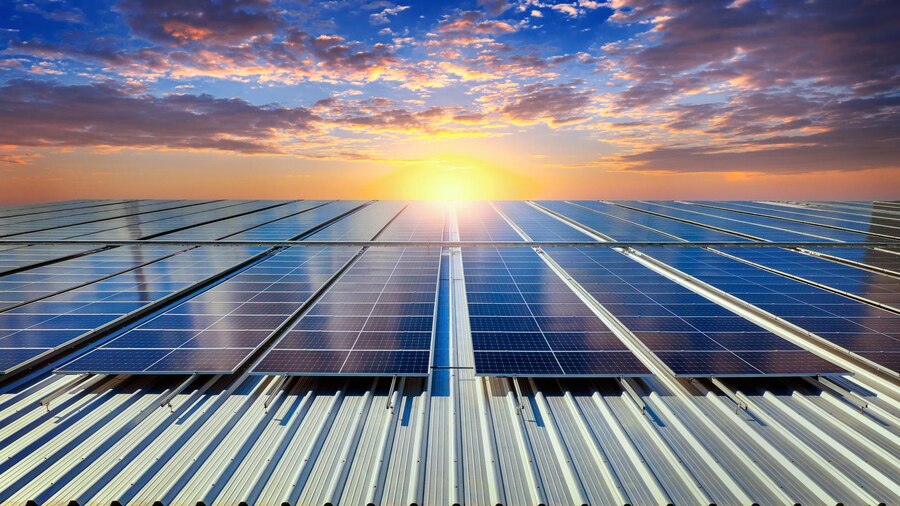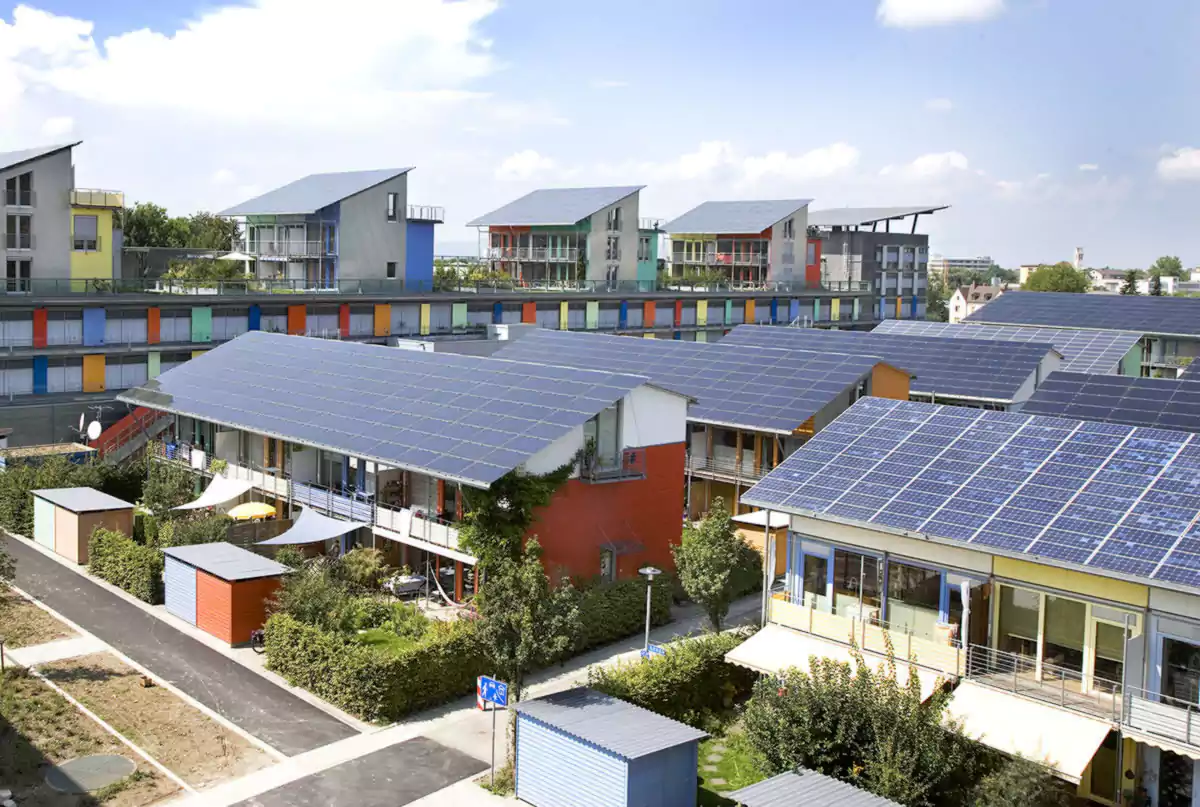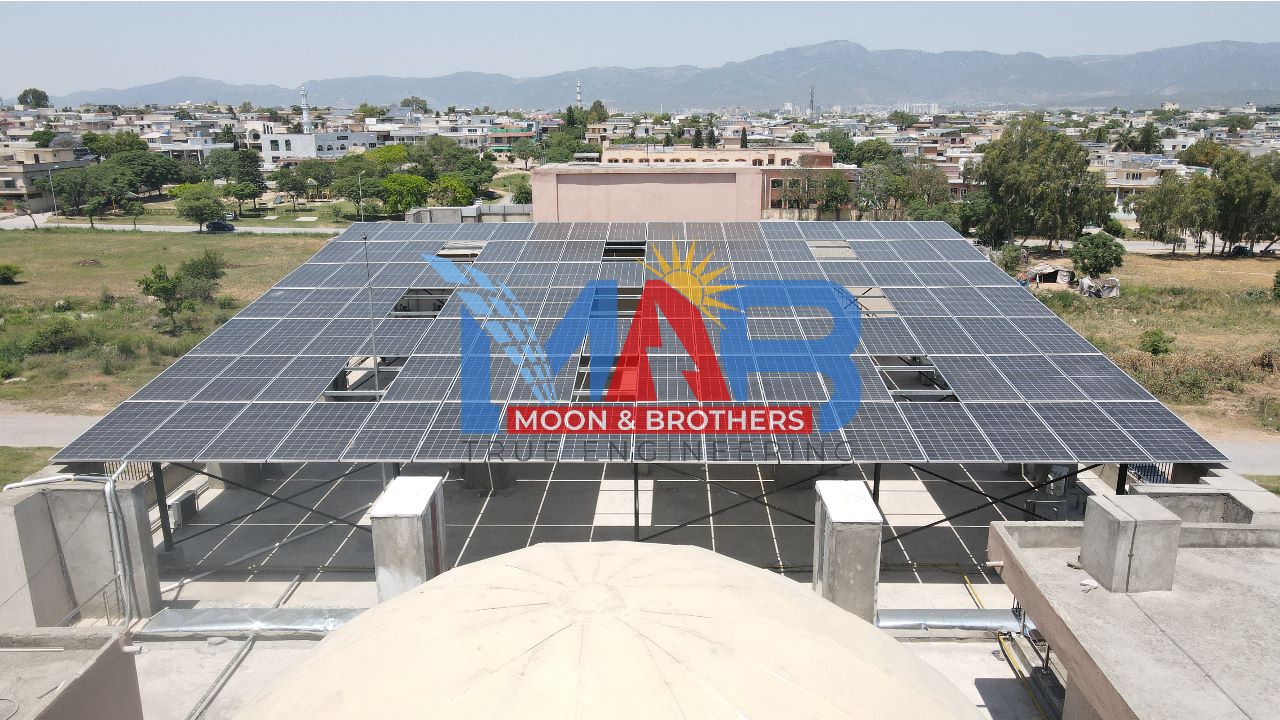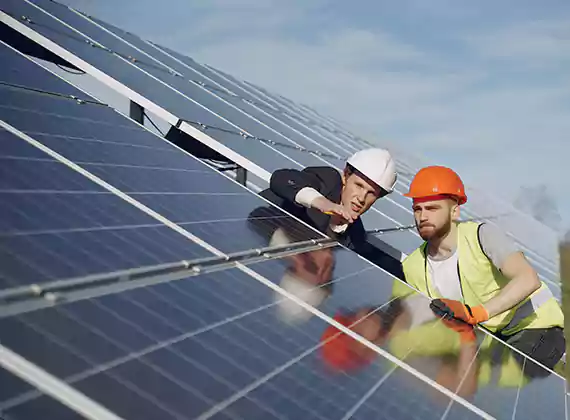Advancements to solar power.
Solar power technology has advanced significantly in recent years, leading to increased efficiency, lower costs, and greater accessibility.
Increased Efficiency: Advances in solar panel design and manufacturing have led to increased efficiency, allowing solar panels to convert a higher percentage of sunlight into electricity. High-efficiency solar panels can now achieve efficiencies of over 20%, with some research panels reaching efficiencies of over 40%.
Thin-Film Solar Cells: Thin-film solar cells use layers of light-absorbing materials that are only a few micrometers thick, making them lighter, more flexible, and less expensive to manufacture than traditional silicon-based solar cells. Thin-film solar cells are ideal for applications where weight and flexibility are important, such as on curved surfaces or portable electronic devices.
Perovskite Solar Cells: Perovskite solar cells are a new type of solar cell that use perovskite-structured materials to absorb light and generate electricity. Perovskite solar cells have the potential to be cheaper and more efficient than traditional silicon-based solar cells, and researchers are actively working to improve their stability and longevity.
Bifacial Solar Panels: Bifacial solar panels are designed to capture sunlight on both the front and back surfaces of the panel, increasing energy production by up to 20% compared to traditional mono-facial solar panels. Bifacial solar panels are particularly well-suited for installations with reflective surfaces, such as white roofs or snow-covered ground.
Solar Tracking Systems: Solar tracking systems use motors and sensors to orient solar panels so that they track the movement of the sun throughout the day, maximizing the amount of sunlight they receive. Solar tracking systems can increase energy production by up to 25% compared to fixed-tilt solar panels.
Solar Paint and Windows: Researchers are developing new materials that can be applied as a thin film to surfaces such as windows or walls to capture sunlight and generate electricity. Solar paint and windows could turn any surface into a solar panel, greatly expanding the potential for solar energy generation.











